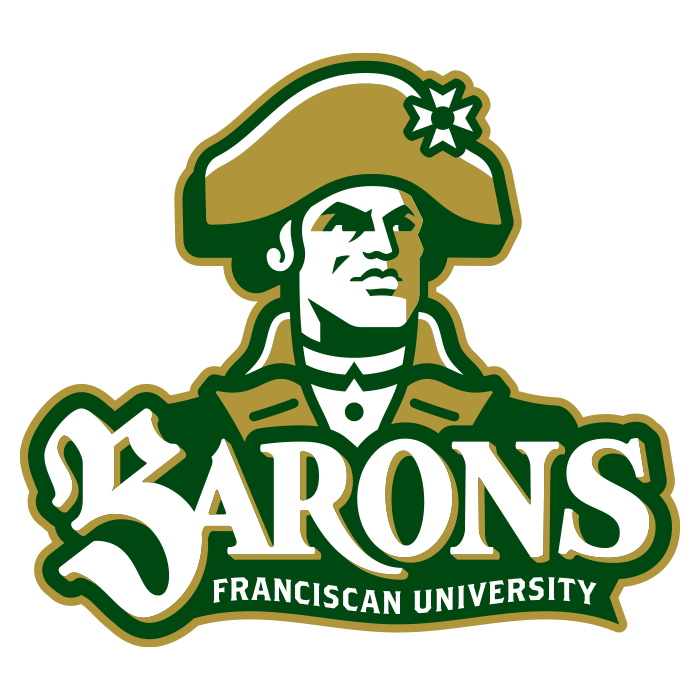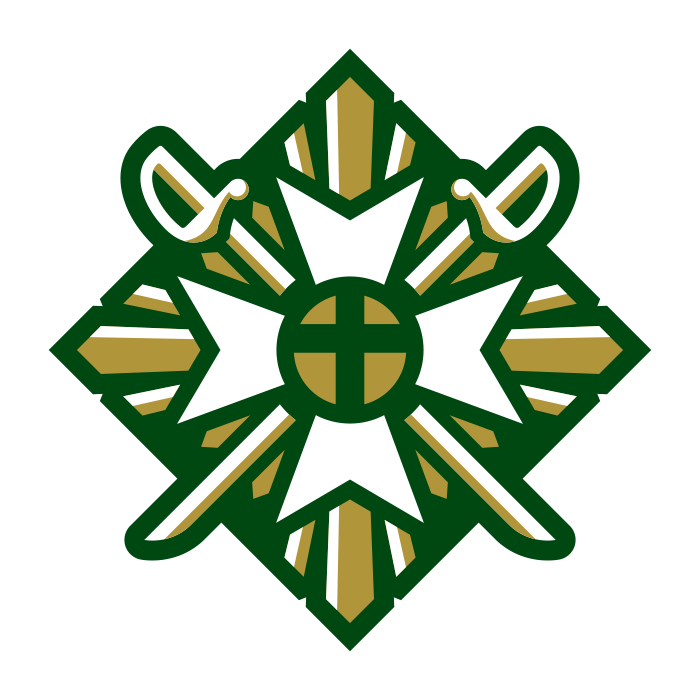Episode #12: How to Close the Concept Gap
Gearchiveerde serie ("Inactieve feed" status)
When?
This feed was archived on November 23, 2023 21:10 (
Why? Inactieve feed status. Onze servers konden geen geldige podcast feed ononderbroken ophalen.
What now? You might be able to find a more up-to-date version using the search function. This series will no longer be checked for updates. If you believe this to be in error, please check if the publisher's feed link below is valid and contact support to request the feed be restored or if you have any other concerns about this.
Manage episode 309990213 series 3046401
Listen on Apple Podcasts and Google Play
I'm flying solo for this month's podcast to talk about a topic with which I sometimes see folks in higher education athletics struggle. I call it the "Concept Gap."
The Concept Gap is what happens when a niche market school, such as a faith-based school or a technology school, has an athletics mascot or nickname with absolutely no connection to their niche market.
This Concept Gap can create an awkward disconnect in an athletic program's message to recruits, hamstringing its efforts to create differentiation and drive enrollment.


How do these two logos close a Concept Gap?
In this episode, I talk about how to overcome the Concept Gap, and use an example from my portfolio to demonstrate how knowing your brand story, combined with good research, can transform a hamstrung athletics identity into a powerful enrollment tool.
Enjoy the show!
Total episode runtime is 00:10:08.
Be sure to help other sports professionals find this podcast by subscribing and giving the show a five-star rating and a review in iTunes!
TRANSCRIPT
I hope you’ve enjoyed the guest interviews from these past several episodes…I’ve had a blast doing them, my thanks again to all my guest thus far, and I hope you, the audience, have enjoyed them as well.
For this episode, I’m afraid it’s just going to be me. But that’s okay, because I want to talk about something I’ve seen clients struggle with, something I think a lot of folks in higher education athletics struggle with. It’s something I call “the Concept Gap.”
The Concept Gap is what happens when a school, usually a smaller school serving a niche market, say a faith-based school or a technology school, and that school’s athletics mascot or nickname has absolutely no relation or connection to that niche identity.
It’s understandable how this happens. In decades past, schools and colleges used athletics mascots and nicknames for the same reason they do today — to promote school spirit and identity. But those names were picked from a seemingly unofficial list of mascot names such as Lions, Tigers, Bears, Wildcats, Eagles, Bulldogs…it didn’t matter so much what the name was as much as it “sounded” like an athletics nickname and maybe had the added bonus of providing some nice alliteration with the school name.
But in the 21st century internet connected, social media driven, hyper-competitive education market, mascots and nicknames need to be more than just the subject of fight songs. Today, schools use athletics as a competitive advantage in the all-important, never-ending battle to drive enrollment. Ideally, a school should be able to use athletics as a brand bullhorn, extending the reach of the school’s story farther than any brochure or college fair can muster. But when a disconnect between a mascot and institutional brand makes it difficult or awkward to tell a school’s story, that’s a Concept Gap.
To make matters worse, the Concept Gap is compounded by being unable to do anything about that disconnected mascot. It’s not unusual for the sheer weight of history and tradition to render it impossible to change a mascot name. So you’re stuck with an awkward name hanging like an albatross around your brand’s neck. What do you do?
This is where I think it’s helpful to think of your athletics identity not as a bunch of pretty pictures of angry-eyed animals, but instead as a toolkit. That toolkit contains a number of tools that may be used in a variety of situations to solve a variety of problems. If for whatever reason you can’t change the tools, in this instance your name and primary mark, then you can add a new tool, a secondary mark.
A secondary mark is a logo that extends the story of your brand identity. It can represent some aspect of your story that is relevant to your audience and reinforce important emotional connections. Secondary marks give you flexibility, enhancing your ability to talk about who you are and why your audience should care.
To illustrate this idea of using secondary marks to close a Concept Gap, I want to take a look at the athletics identity I designed for Franciscan University of Steubenville, a small D-III Catholic school in Steubenville, Ohio.
Franciscan is a small school that serves a niche market. Its Catholic identity runs deep through every aspect of the institution. The need for an athletics identity was prompted by the school’s return to NCAA competition after an absence of just over 25 years.
The new athletics identity needed to address two audiences: one, it had to express Franciscan’s Catholic identity to an external audience of prospective students, widening the enrollment funnel to include both athletes and non-athletes. Two, it had to reassure an internal audience that the institutional identity, mission, and culture would be strengthened, not diluted, by the return of athletics after such a long absence.
The Concept Gap in the project was quickly identified. The “Barons” nickname referred to the person of Baron Friedrich Wilhelm von Steuben, the Prussian military officer who joined George Washington at Valley Forge in the winter of 1778 and transformed the rag-tag Continental Army into the disciplined and well-trained fighting force that eventually won American independence from Great Britain.
As a military hero, the person of von Steuben was not a direct Catholic connection, but his character traits of duty, discipline, and perseverance were an obvious good fit with the institutional brand. The city that is Franciscan’s home, Steubenville, Ohio, is named for von Steuben, making for an entirely appropriate geographical connection.
Still, Franciscan’s institutional identity was deeply Catholic, and there needed to be an expressly Catholic angle to the athletics identity to make the whole thing come together.
It was noted in research that every visual representation we found of von Steuben, whether a painting, a sculpture, or a lithograph, showed him wearing a large, ornate, visually distinctive, military style breast star badge on his coat. This style of breast star badge is pretty common as a sign of European military honor, and further research discovered that papal military orders also used this style of breast star badges. Ah ha — the light bulb flipped on. Our solution was found.
In order to introduce a mark representing the distinctly Catholic identity of the institution, we developed a secondary mark in the form of a custom breast star badge. Designed with specific Catholic visual cues, the secondary mark tied together the virtues of the Baron with the deep faith identity of the university.
The breast star badge effectively closed the Concept Gap by doing a job the Baron, as the primary mark, couldn’t do on his own. It extended the Catholic story of the university to a wider prospective enrollment audience, and it helped introduce and build a new Catholic athletics culture on campus. With the badge, the entire athletics identity conceptually snapped into place. The secondary mark was the right tool for the right job.
The Concept Gap is a frustrating obstacle for an athletics brand, particularly at small schools where every resource and advantage is needed in the constant drive for recruits. An awkward disconnect between a mascot nickname and school’s identity can hamstring a program’s ability to effectively represent itself. The good news is that with a clear idea of a brand’s story, thorough research, and some creative dot-connecting, that Gap can be closed and an athletic identity can be shaped into an powerful set of tools that help drive enrollment.
If you’re interested in seeing the Franciscan University of Steubenville identity I’ve discussed here, including some of the research images and process sketches, go to my website at hartwell-studio-works dot com. You’ll find a featured link to the project right there on the home page.
30 afleveringen




